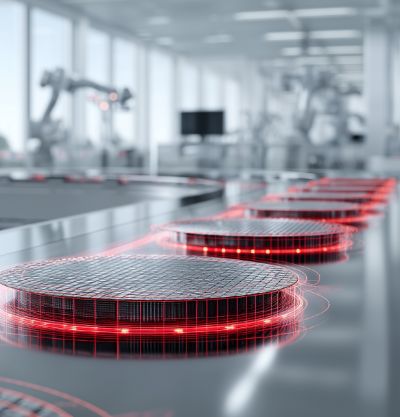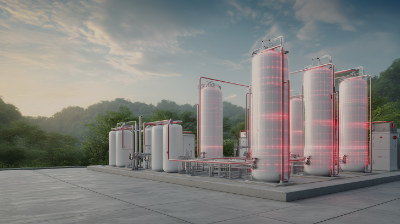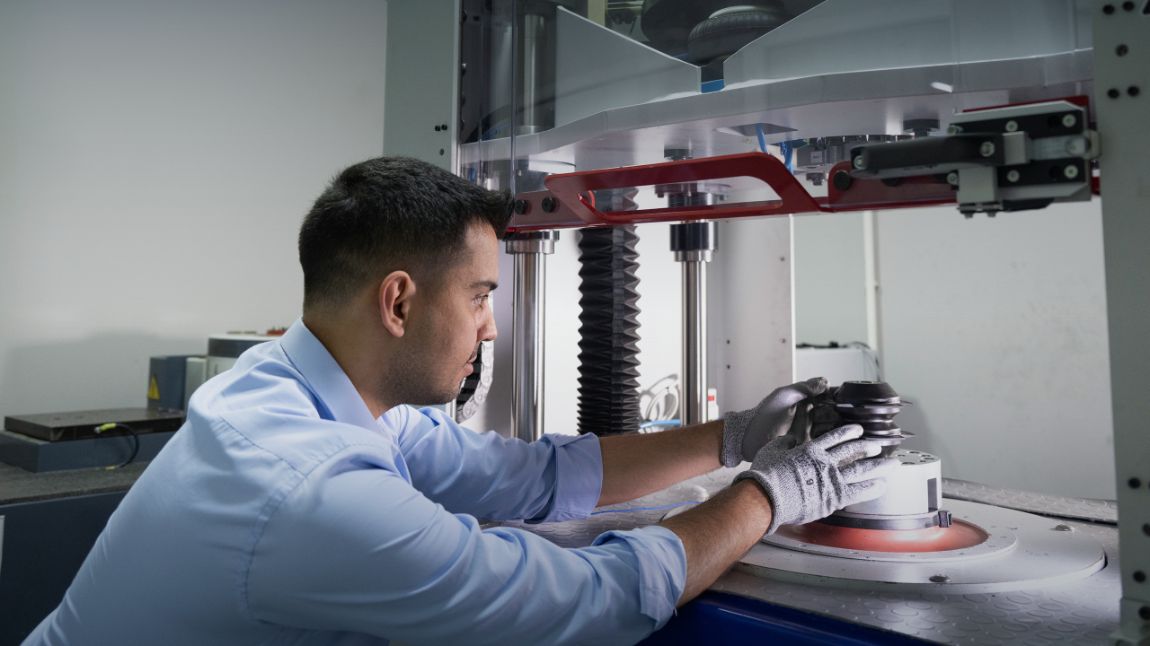
Witamy w Angst+Pfister Solutions Hub - naszym blogu inżynieryjnym i bramie do eksperckich spostrzeżeń na temat inżynierii mechanicznej i przemysłowej.
Angst+Pfister specjalizuje się w niestandardowych rozwiązaniach inżynierii przemysłowej w zakresie wysokowydajnych uszczelnień, rozwiązań antywibracyjnych i rozwiązań do transportu płynów. Dzięki ponad stuletniemu doświadczeniu umożliwiamy inżynierom z różnych branż rozwiązywanie złożonych wyzwań dzięki wiedzy technicznej i innowacyjnym materiałom.
Solutions Hub to nasza platforma wiedzy dla inżynierów i specjalistów technicznych. Znajdziesz tu dogłębne treści dotyczące najnowszych tematów branżowych - od innowacji wolnych od PFAS i aktualizacji przepisów po inteligentne elastomery i zrównoważone rozwiązania, takie jak bioplastiki.
Dzięki zastosowanym studiom przypadków inżynieryjnych, informacjom regulacyjnym i przykładom z prawdziwego świata, Solutions Hub oferuje praktyczną wiedzę i sprawdzone strategie, które pomagają inżynierom i specjalistom technicznym radzić sobie ze złożonymi wyzwaniami. Zapoznaj się z naszym „Trending this Month - Solutions Hub Highlights” i zobacz, co napędza innowacje w różnych branżach lub przejrzyj wszystkie nasze posty na blogu.
Nie przegap kolejnych trendów w branży ani spostrzeżeń ekspertów.
Trendy tego miesiąca - nasze najważniejsze rozwiązania w SolutionsHub
Proszę przejrzeć nasze wpisy na blogu

Jak evolast® FFKM nad tym panuje

Inteligentna tuleja mocowania mechanizmu różnicowego dla pojazdów elektrycznych i hybrydowych

Niezawodne uszczelnienie wodorowe zapewnia bezpieczeństwo.

Wytrzymałe, elastyczne węże zoptymalizowane pod kątem bezpiecznego i wydajnego czyszczenia CIP/SIP.

evolast® FFKM zapobiega awariom uszczelnień dzięki ekstremalnej odporności, pełnej zgodności i w pełni europejskiej produkcji.

Odkryj, jak tworzywa sztuczne mogą zmniejszyć emisję CO₂ i utrzymać wydajność

Odkryj, w jaki sposób uszczelnienia kasetowe do układów napędowych zapewniają trwałość i wydajność.

Inteligentne elastomery umożliwiają monitorowanie w czasie rzeczywistym, konserwację predykcyjną i poprawę wydajności.

Bezpieczna i wydajna obsługa systemów LNG - dzięki wężom falistym ze stali nierdzewnej o maksymalnej żywotności

Proponowane rozporządzenie UE w sprawie PFAS może mieć wpływ na polimerowe materiały uszczelniające. ECHA uznaje znaczenie fluoropolimerów w technologii ...

Radzenie sobie z wyzwaniami związanymi z bezpiecznymi i opłacalnymi komponentami z tworzyw sztucznych w przemyśle spożywczym i napojów ma kluczowe znacze ...

Angst+Pfister oferuje skuteczne rozwiązania spełniające wymagania normy EN45545.

Nowe globalne przepisy dotyczące PFAS wymuszają stosowanie materiałów wolnych od PFAS, zachęcając do współpracy z zaufanymi dostawcami

The choice of the optimum material guarantees unlimited coffee enjoyment.

Elastomer HITEC® DW EPDM firmy Angst+Pfister spełnia i przewyższa nadchodzące normy KTW-BWGL dotyczące wody pitnej, zapewniając doskonałą zgodność.

Mieszanka EPDM PERTEC® UP firmy Angst+Pfister spełnia globalne przepisy dotyczące kontaktu z żywnością, zapewniając bezpieczne i zgodne z przepisami uszc ...

Angst+Pfister rygorystycznie testuje elastomery do zastosowań wodorowych, zapewniając ich przydatność w przyszłych rozwiązaniach energetycznych.
Sprawiamy, że to działa!
Po prostu skontaktuj się z nami, a my szybko Tobie odpowiemy!
Bądź na bieżąco!
Zapisz się do naszego newslettera już dziś i otrzymuj najnowsze informacje o produktach i trendach w branży!


